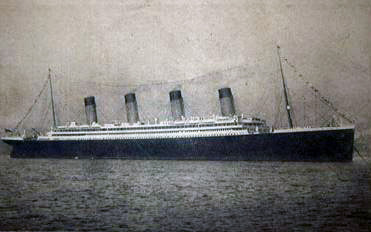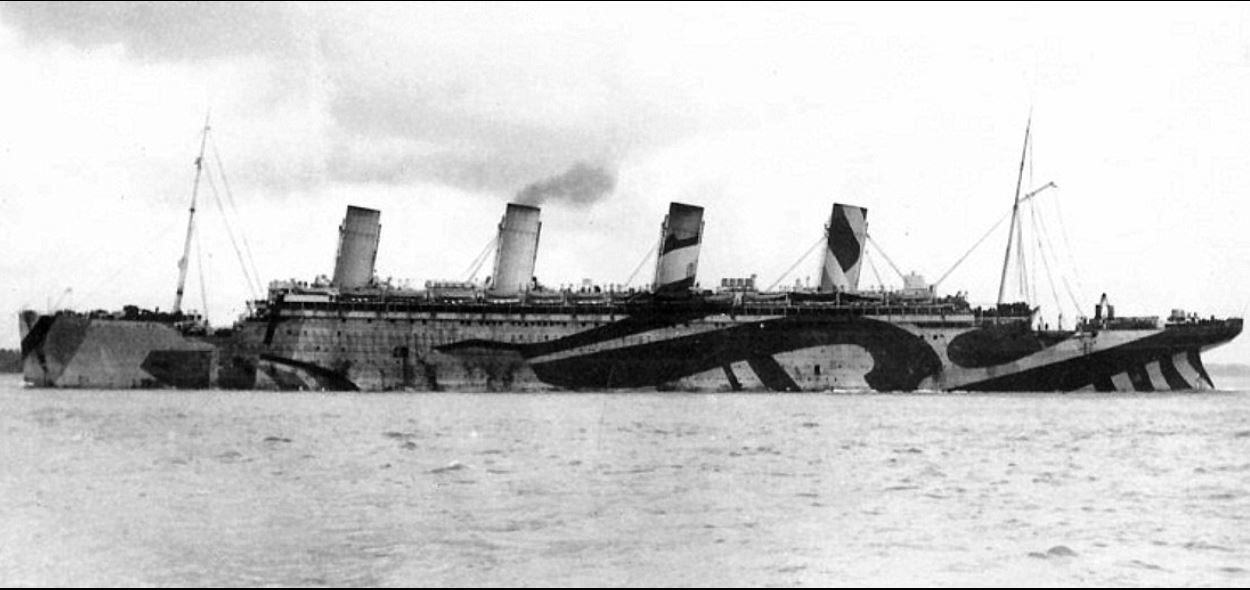HMT Olympic
From Our Contribution
Remarks
Built for the White Star Line, and capable of carrying 2,435 passengers. Olympic's first major mishap occurred on her fifth voyage on 20 Sep 1911, when she collided with the British Navy cruiser HMS Hawke. Olympic was able to return to Southampton under her own power; with no one killed or seriously injured. HMS Hawke suffered severe damage to her bow and nearly capsized. It took two weeks for the damage to Olympic to be patched up sufficiently to allow her to return to Belfast for permanent repairs, which took just over six weeks to complete. On 24 Feb 1912, she suffered another setback when she lost a propeller blade on an eastbound voyage from New York, and once again returned to her builder for repairs. She also underwent further work as a result of lessons learnt from the sinking of the Titanic a replica ship.
In May 1915 she was requisitioned by the Admiralty, to be used as a troop transport. The Admiralty had initially been reluctant to use large ocean liners as troop transports because of their vulnerability to enemy attack, however a shortage of ships gave them little choice. The ship's speed was considered to be its best defence against U-boat attack.
Olympic made several trooping journeys to the Mediterranean until early 1916, when the Gallipoli Campaign was abandoned. from 1916 to 1917, Olympic was chartered by the Canadian Government to transport troops from Halifax, Nova Scotia to Britain. After the United States declared war on Germany in 1917, Olympic also transported thousands of U.S. troops to Britain.
In the early hours of 12 May 1918, while enroute for France with US troops under the command of Captain Hayes, Olympic sighted a surfaced U-boat 500 m ahead. Olympic's gunners opened fire at once, and the ship turned to ram the submarine, which immediately crash dived to 30 m and turned to a parallel course. Almost immediately afterwards Olympic struck the submarine just aft of her conning tower with her port propeller slicing through U-103's pressure hull. The crew of U-103 blew her ballast tanks, scuttled and abandoned the submarine.

